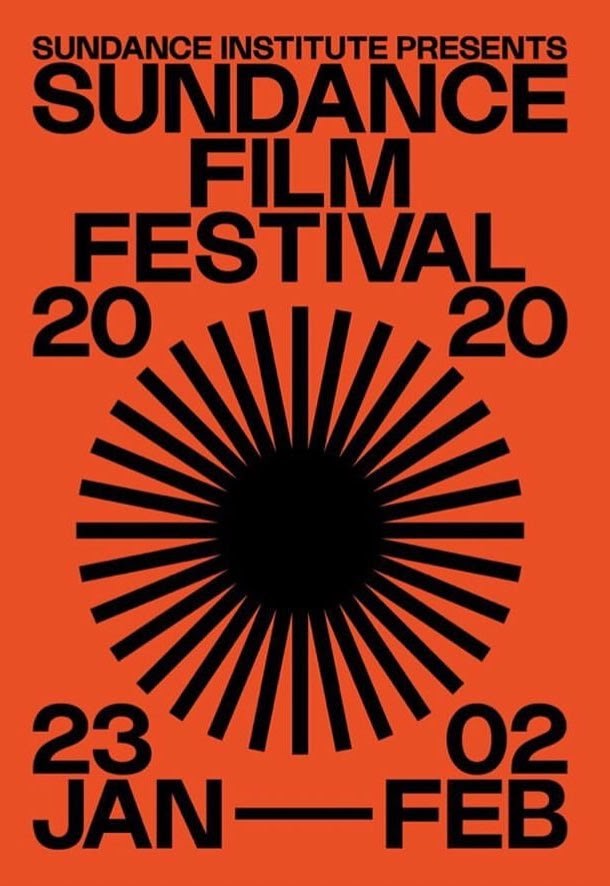The Sundance Film Festival: Is it still effective?
February 20, 2020
The film industry has long been the place for controversy, debate and opinions. Since its conception in the 19th century by Thomas Edison, it has evolved to be the center of innovation in the arts and excellent creativity in developing a story that attaches to most of the audience’s senses, all at once. As it’s grown through the years, films have begun accumulating bigger budgets, production teams, and of course, bigger audiences. With the scope of film nowadays, film students, small producers and independent filmmakers are often missed in the sea of corporate and mass produced films.

This is where the Sundance Film Festival comes in. Originating in 1978 in Salt Lake City, Utah, it has grown to become the largest and most well known indie/small film festival in the country. Sundance’s mission has forever been to showcase the untapped creativity and gold mine of innovation that exists outside the large studios in film. However, with its huge increase in popularity since its beginning, one is only left wondering: is it still a small film festival?
According to the Official Sundance Institute, this year Sundance was home to 118 feature films and over 122,000 attendees. The 118 features were selected from a record-smashing 15,100 submissions, of those, 3,853 were feature length. On top of that, Sundance has been covered by countless large news stations, such as The New York Times, AP News, NPR, The Guardian among others. With all of this publicity, skeptics are now left to consider if Sundance has strayed too far away from its original vision as a small film festival. Does Sundance still help indie artists, or is it too popular at this point?

Luke Rankin (12), Warren Tech film student.
Warren Tech film students keep a close eye on Sundance. “I think it’s a bit of both but in a good way,” Luke Rankin (12), Warren Tech film student said. “On one hand you have the indie artist who comes in just wanting to show their film to people and maybe get some distribution of the film. On the other hand, Sundance is so well known that even if the film doesn’t win any awards it will still be viewed and there’ll maybe be that one person that can’t stop thinking about the movie, and at that point you’ve done your job.”
Rankin agrees with Sundance and its mission deeply, praising it for its hand in creating the main

stream film trends we have today. “A lot of really unique films come from Sundance, and I think without it we would not have such an interesting film industry” Rankin said.
After a lot of stiff competition and good movies, this year’s top prizes went to the movies Minari, Boys State, Epicentro and Yalda, a Night for Forgiven. The audience awards were awarded to Minari, Crip Camp, The Reason I Jump, and Identifying features (Sin Señas Particulares).
“I really like the direction these films are taking the industry. There are a lot of unexplored parts of society that these films cover with grace.” Alex Richardson (11) DRHS student said. Richardson has followed Sundance for many years.
Brian Elander (11), another student at Warren Tech, disagrees about the connection of indies and mainstream movies. “The thing is that there is no correlation,” Elander said.
Regardless of which side, it’s undeniable how film students and up and coming directors can start their career at Sundance, which in and of itself can

bring new minds and ideas into the film mainstream.
Even though Sundance has grown to a gigantic size, it still remains an excellent place for indie artists to showcase their imagination and reshape the cultural mainstream in the U.S. film industry. New techniques, art styles, aesthetics and topics have popped up this year at the festival, and Sundance will continue to be the birthplace of a good portion of mainstream ideas and blockbuster films.



